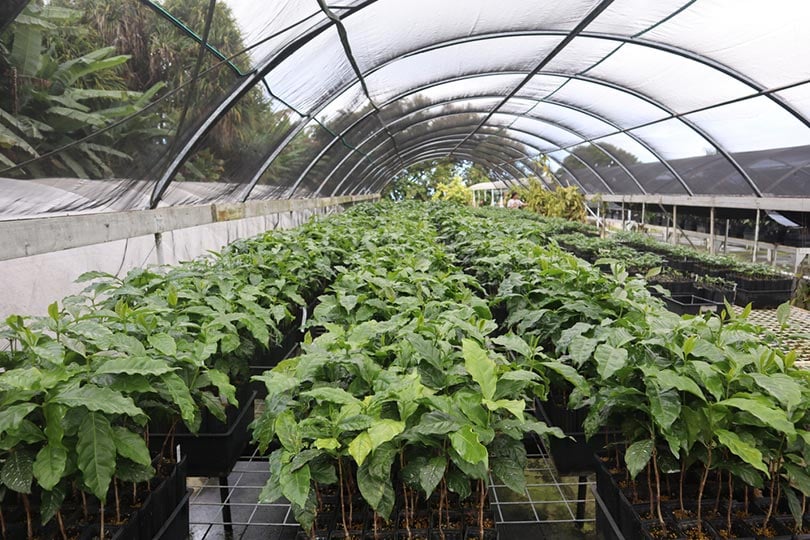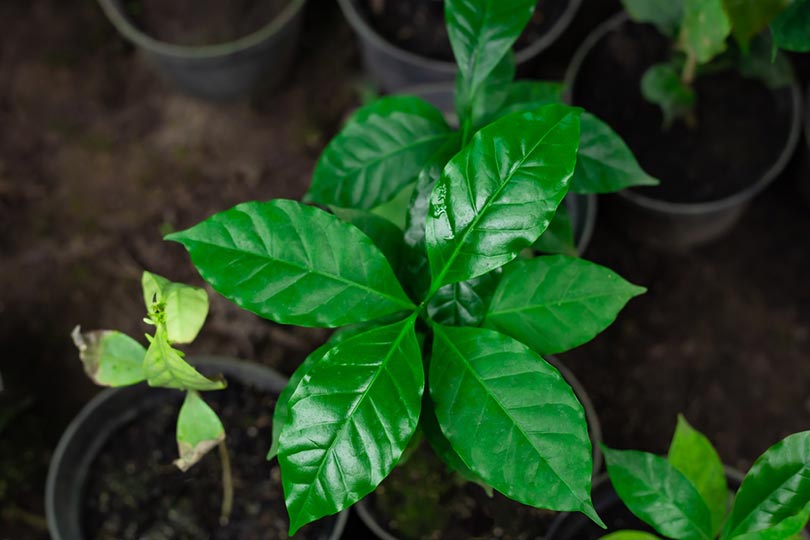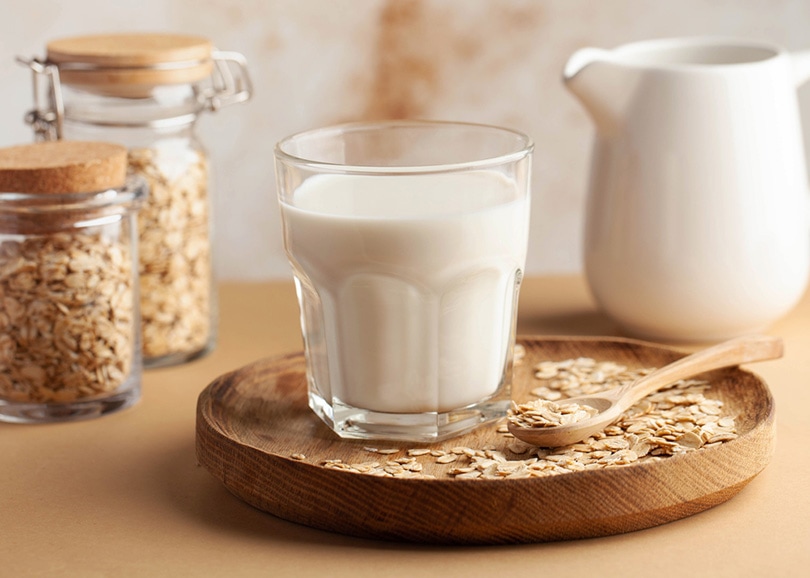
If you have a green thumb, it’s natural to try new things. New flowers, trees, and shrubs can make things around your property look nicer and of course, feel more like home. For those who work in greenhouses, you have true dedication. Greenhouses are a great way of tending to your plants, even during colder times of the year, without so many worries of uncontrollable issues like weather and pests. One plant that many people are curious about when it comes to life in a greenhouse is the coffee plant. Will coffee plants grow in a greenhouse? Yes. Is it difficult? It can be.
Let’s take a look at a few things you should know before you start an endeavor like adding coffee plants to your greenhouse. We’ll show you the steps and important info so you can decide whether these plants will fit into the world you’ve created.

Types of Coffee Plants
Before you do any planting, prepare the soil, or brag to your friends that you’re growing coffee in your greenhouse, you need to decide which variety of coffee plants you want to attempt. While there are 124 species of coffee plant in the world, 2 are the most popular, Arabica and Robusta. When it comes to at-home growing, it seems that more people prefer Arabica. No matter which variety you choose, however, you can easily adjust the environment of your greenhouse to fit the plant’s needs.

The Right Conditions
Coffee Plants need things to be just right for them to grow and be successful. Let us take a look at these requirements so you can have things ready before you purchase your beans.
The Environment
Coffee plants naturally grow in wet environments with lots of humidity. If these needs are not met, your plants may not produce. Temperatures should fall between 60 and 70 degrees Fahrenheit with the humidity high. Cloud-like, misty conditions may be best. Airflow should also be moderate to help keep the plants cool and somewhat dry.
When it comes to light, it should be adequate but diffused. Direct sunlight is not good for a coffee plant. If you have other trees, like fruit trees in your greenhouse, it is possible to mimic natural growing conditions for coffee plants by using the larger trees as a canopy for them. You should also mimic rainfall conditions the plants would experience in nature. They’ll need at least 6” of water per month. Keep in mind, however, that you’ll need drier conditions when it comes to harvesting and ripening.
The Soil
If you want a good yield from your plants, the soil needs the right nutrients. The soil should be loamy and well-drained. If you choose, you can add some peat moss, cow manure, or even bone meal to better the soil. Coffee plants prefer a balanced or neutral pH. Test your soil before doing any transplanting to ensure you’re at the right pH level, preferably pH 7.

Preparing Your Seeds
You can get coffee seeds from a local roaster or online. Once you have the seeds in hand, they should be soaked for 24 hours before they are placed in the prepared soil. It is best to use moist vermiculite in damn burlap sacs or coffee sacs. Germination of the seeds can take anywhere from 2 to 6 months depending on how fresh your seeds were. When the seeds show growth of 24-36 inches they can be transferred to a pot at 1 ½ inch deep.
Continued Care
As we’ve already mentioned, coffee plants require a lot of water. If possible, use rainwater while your plant grows. They also do well with weekly nitrogen boosts. This can be done in their water using a solution of fish emulsion if you prefer. The plants will flower without additional fertilizer but keep in mind that coffee plants are heavy feeders. If you choose, they can be fertilized once a month. Organic options like worm castings are ideal for this.
You should also be prepared to drain soggy soil. This will avoid the growth of mold around your plants. Like with other plants, you will need to keep any diseased or dead material clipped away from your plant for maximum growth potential.

In Conclusion
As you can see, raising coffee plants in a greenhouse can be done, with a lot of work and under the right conditions. If you are hoping to have success at bringing a few of your beans to your coffee cup, following these guidelines can help you on your way. Remember, it takes 2 to 4 years for a coffee tree to reach maturity and they produce for upwards of 15 to 25 years. If you introduce them into your greenhouse, they are there for the long haul. Take good care of them and they’ll give you taste in your morning cup.
Featured Image Credit: Wirestock Creators, Shutterstock













